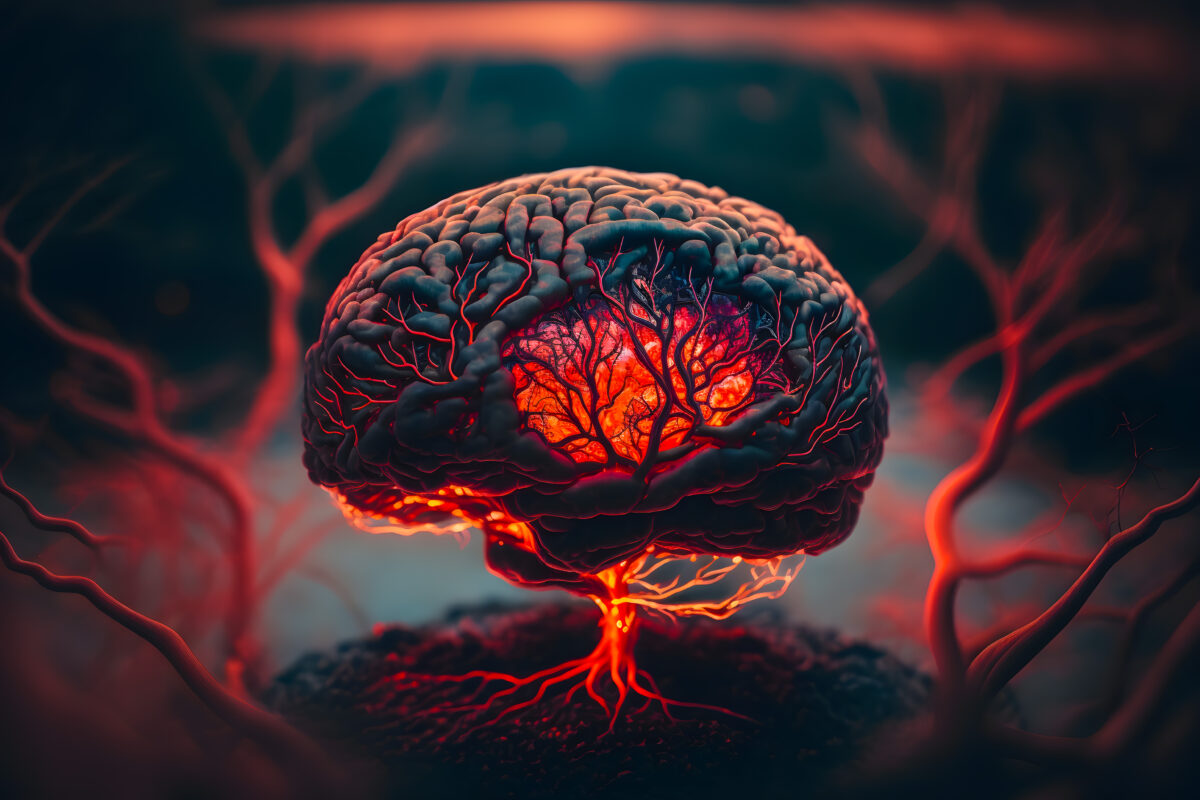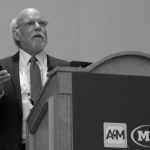
When A Stroke Strikes
When a stroke strikes, it is the most fearsome of insults. Everything that is US is inside those few cubic centimeters of our brains. It is the place where our eternal spirit and our physical minds are fused together. Any damage to any of this precious tissue changes life in an instant. Life changes for the stroke victim and for everyone who loves him or her. Initially there is hope that a stroke-buster injection can help restore blood flow to the brain, but there is only a limited time that this treatment can be administered and most commonly, by the time the stroke patient makes it to the ER and is diagnosed, it is too late for this therapy. And a possible complication of this stroke-buster is hemorrhage or bleeding into the brain making the situation much worse than the stroke itself.
The next hope comes with the initiation of the statin drug even though there is no evidence that cholesterol played a role in this patient’s stroke and data on recovery of function attributable to these cholesterol inhibiting drugs given after stroke is worse than unconvincing. Other conventional medical intervention is also implemented to bring down blood pressures, thin the blood in the case of atrial fibrillation, and maintain basic medical homeostasis. Now the patient is medically stable. But wait! What do we do about his inability to speak, or his paralyzed right side of the body, or his loss of sight?
The third hope is Rehabilitation. In this, there is great confusion. The family, who has never noticed signs advertising “rehabilitation” are now seeing them everywhere, on nursing homes, “Blah Blah Nursing Home and Rehabilitation”, etc. These are called “skilled nursing facilities” (SNF, pronounced ‘sniff’), but are actually nursing homes with some therapy. They are not licensed by the federal government to be acute care rehabilitation hospitals or inpatient rehabilitation facilities (IRF). The IRF’s are specialty hospitals that are required to provide 3 hours of specialized therapies every day to include physical, occupational and speech therapies. They are also REAL HOSPITALS with respiratory teams, x-ray, lab, full nursing staff and must qualify by the most stringent of requirements not only to be a hospital but beyond that, to be a specialized subset of hospitals.
Doctors are also confused by rehabilitation and, not being aware of the difference just send the patient for ‘rehab’ to a SNF from the local acute hospital after the patient was stabilized medically. If that were the best place for a patient with a brain injury, why did they send Gabby Gifford to a ‘REHAB HOSPITAL’ and not a SNF?
Insurance companies are confused by rehabilitation. All the medicare advantage plans will almost ALWAYS send the stroke patient to a SNF. This may be to save money, but an in depth paper by Dobson and DaVanzo in 2014 showed that it was far more expensive both in dollars AND in patient outcomes (failures) to send these patients to SNF instead of Inpatient Rehab Facilities (IRF). It is also because these decisions are made by the insurance medical director who is usually an internist, sometimes a surgeon or a pediatrician, or ob-gyn but never a physiatrist (rehab doctor or physical medicine and rehabilitation -PM&R specialist physician). And these insurance doctors are also doctors who are confused by rehabilitation.
DEMAND AN INPATIENT REHABILITATION HOSPITAL!!!!!
However, I propose that you can do even better than just this. Neurochemistry and neurogenesis PLUS therapies. Discussed elsewhere on this site.

